



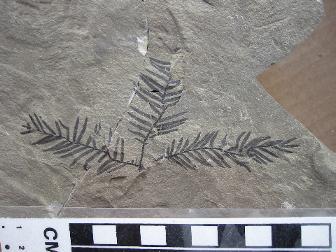
| Paleobond (light 100 formula) used to repair shattered Green River Formation conifer |
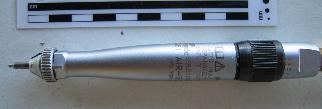
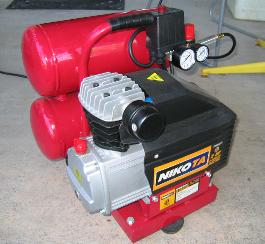
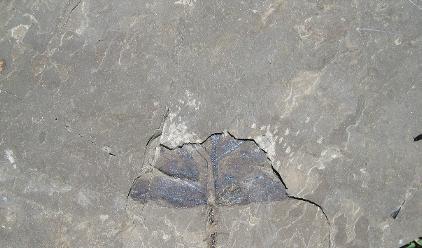
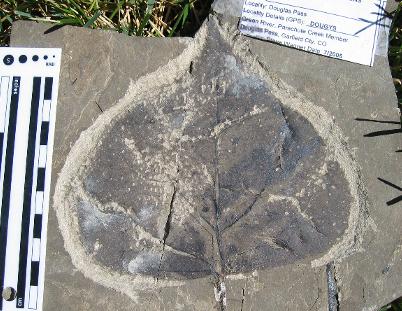
| Chicago Pneumatics Air Scribe; Nikota compressor; before & after images of fossil |
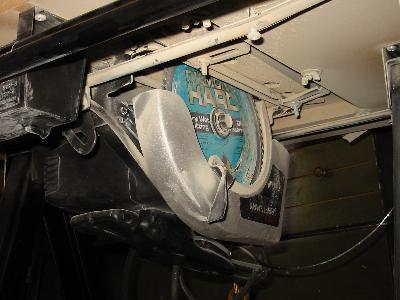
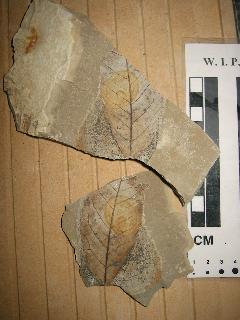
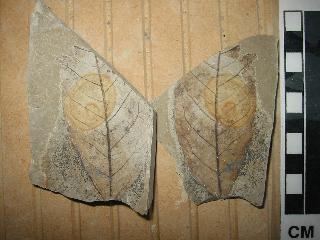
| Diamond Blade on portable saw mounted on table (top); fossil leaf before & after trimming (bottom). |
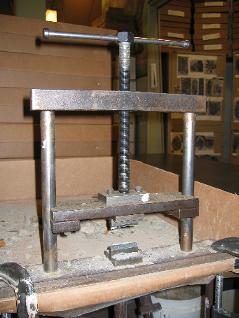

| Rock Splitter (left); horse hoof nippers & tile nippers (right) |
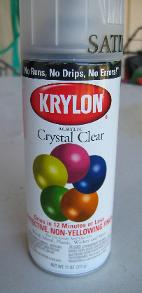
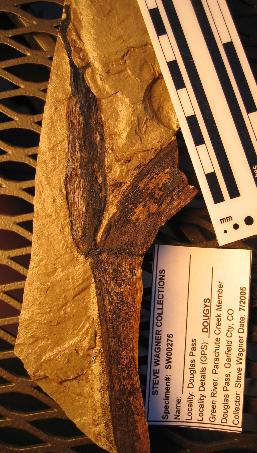
| Krylon Acrylic used to keep organic material from falling off fossil. |
| Now you've seen all the tools... See Images of Fossil Preparation Tools & Techniques |
Hosting donated by Wagner Database Solutions, Inc. |